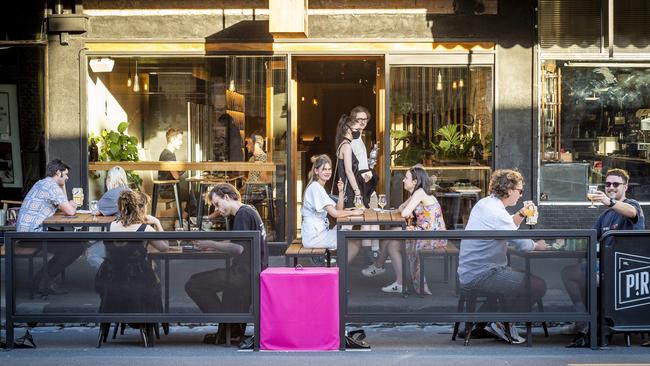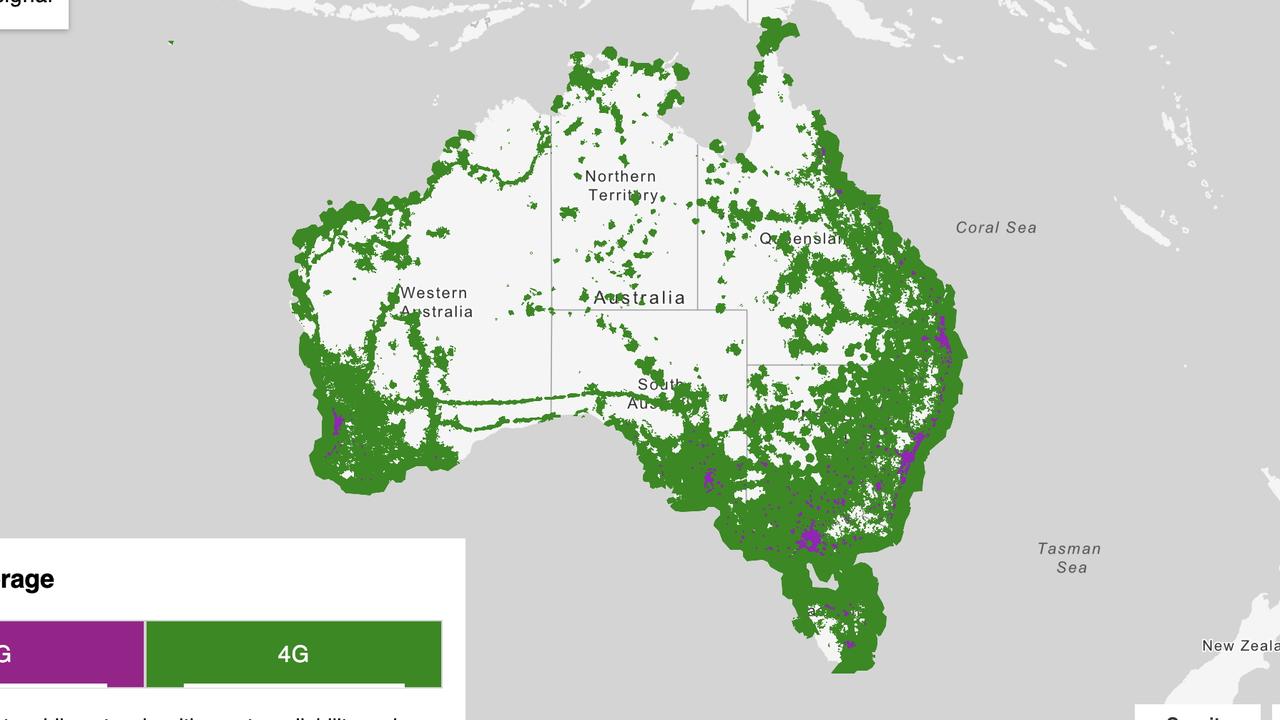CreditorWatch figures show a surge in late payments by Australian businesses
Late payments by businesses are at their highest level since the depths of Covid-19, and it’s the hospitality and construction sectors faring worst.

Late payments by businesses have reached their highest level since the depths of Covid-19, as the high cost of living weighs on industries ranging from hospitality to construction.
According to the latest figures from credit reporting bureau CreditorWatch for September, 4.9 per cent of business payments were overdue by 60 days or more, which was up 21.4 per cent compared with the same time last year, and 7.9 per cent higher than the beginning of the year.
CreditorWatch’s Business Risk Index shows the rate of overdue payments has been steadily increasing since the middle of 2022, and is now at its highest level since the end of JobKeeper in March 2021.
CreditorWatch chief executive Patrick Coghlan said deteriorating business-to-business (B2B) payment times and the upward trend in payment defaults indicated that many businesses were under considerable cashflow pressure.
“Ongoing economic impacts such as weaker consumer demand are clearly bringing more pressure to bear on Australian businesses,” he said.
“The fact that the construction and hospitality sectors have the highest rates of payment defaults, and construction has the highest rates of arrears, mirrors the latest ABS data showing declining building approvals and flat spending in cafes and restaurants across much of 2024.”
After hitting record levels in August, business payment defaults were slightly improved in September. CreditorWatch’s B2B Trade Payment Default Index fell from 193 to 183.
However, construction and hospitality continue to be the industries faring worst in the face of rising consumer and business costs, and higher interest rates – and have the highest rates of payment defaults, at 1.77 per cent and 1.67 per cent respectively.
That’s translating to a higher rate of insolvency, as business failures in the food and beverage services sector top the industry-by-industry list with a closure rate of 8.3 per cent over the past 12 months It’s predicted by CreditorWatch to reach 9.1 per cent over the next 12 months.
The outlook for the two industries at the eye of the storm appears grim; food and beverage services, and construction are responsible for the highest rate of payment defaults to the ATO, at 1.95 per cent and 1.29 per cent respectively.
The tax office’s steady increase in its debt collection activities since the end of the worst of the pandemic has been one of the main factors behind the surge in business insolvencies to record high levels.
According to the Business Risk Index, court actions to recover debts are now well above pre Covid-19 levels, as large creditors such as the banks and the ATO resume collection activities. Court actions were up 13.7 per cent from July 2023 to July 2024.
While the figures point to more pain for the country’s cash-strapped business owners,

CreditorWatch chief economist Ivan Colhoun said the July tax cuts were beginning to filter through to improved consumer spending and confidence, and much would now depend on the response of the Reserve Bank.
“Latest RBA communications reinforce the message that further progress lowering inflation will be required before Australian interest rates can be reduced,” he said.
“Those conditions are expected to be in place in early 2025. Recent interest rate reductions by overseas central banks and a significant Chinese economic stimulus package increase the chances of global economic growth experiencing a soft landing, where inflation moderates, unemployment does not rise significantly, and most economies experience slower growth but not recession.”
The failure rate for Australian businesses across the economy is currently sitting at an average of 4.9 per cent, and is expected to increase to 5.2 per cent in the next 12 months, driven by low levels of consumer spending, high inflation and interest rate increases.
On a capital city CBD-by-CBD basis, Sydney had the highest rate of business failures over the past 12 months (5.22 per cent), followed by Brisbane (4.76 per cent), Melbourne (4.64 per cent), Adelaide (4.13 per cent) and Perth (4.04 per cent).





To join the conversation, please log in. Don't have an account? Register
Join the conversation, you are commenting as Logout